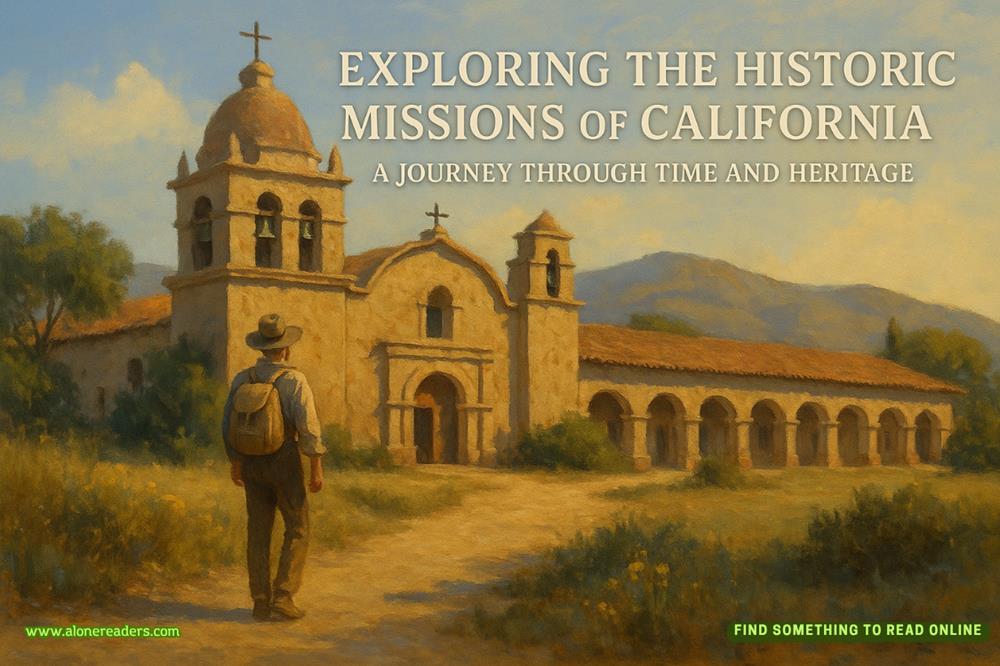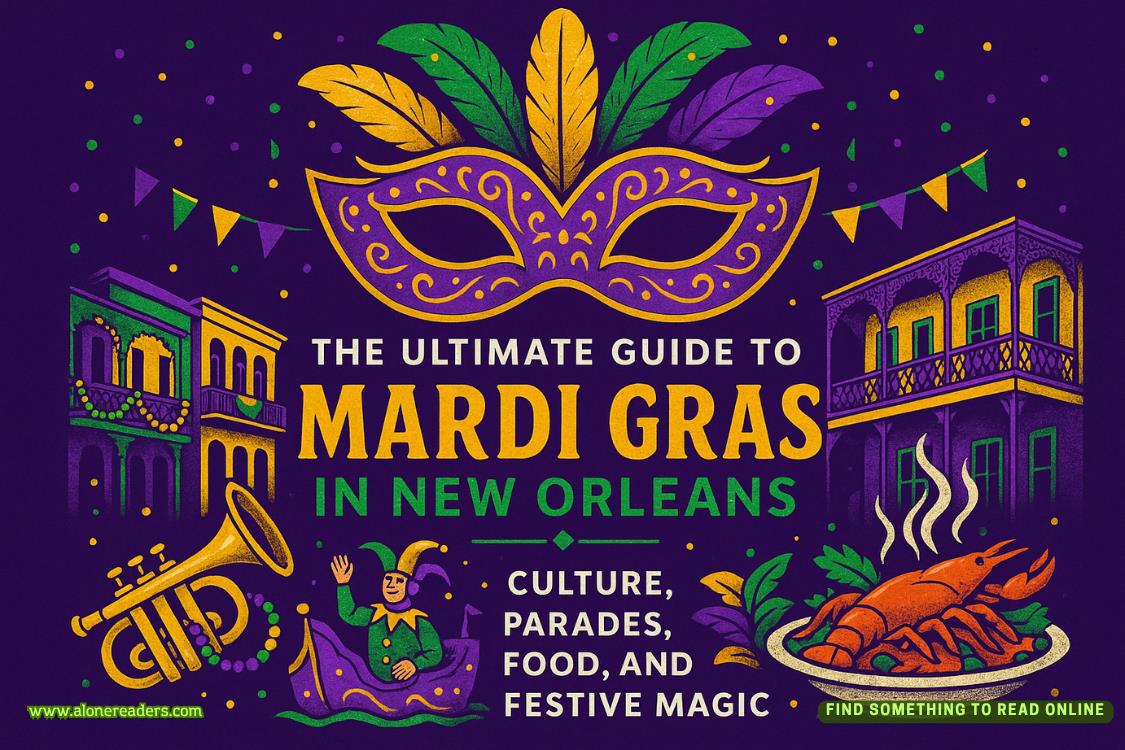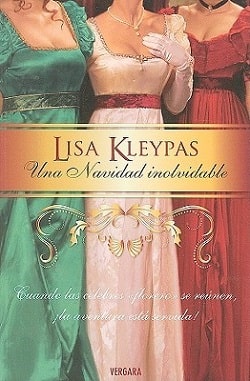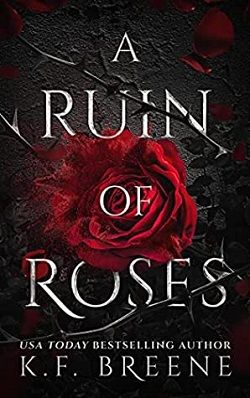“Frank Hoffman and his friend Nigel from the UK enjoyed the fishing last weekend, saying that Happy Rock was—and we quote here, for factual accuracy—a ‘nice place to visit.’”
A hush descended upon the basement.
“Kane and Fairfax,” said Ned. “They were...”
“Friends,” said Miranda.
“Everything Kane did was a facade,” said Andrew. “The tough-guy American persona, the swagger.”
“The two of them swapped lives,” she said. “More than friends, they were co-conspirators. Their stage-managed feud may have sold a lot of books, and may well have raised the profile of both authors, but that only underlines the larger truth:they were working together. They were trying to snag the last page of that manuscript. And I can prove it with a single piece of paper!”
To the relief of the others—the heebie-jeebies had begun to seep in from the furnace room walls—Miranda Abbott marched her coterie back up the stairs to the main floor.
In the kitchen, she found a notepad and handed Andrew a sheet of paper. “Please fold this, as best you can, along similar lines as those we found on the paper lodged in Fairfax DePoy’s throat.”
“Um, sure. Let’s see. There were a couple of creases down the center, then more angled like a fan on either side...”
As he folded the paper, he saw it. They all did. Not a fan. Something else entirely.
Miranda entered the reading room, to cries of “Hey! What are you doing?” from the crime scene investigators. Ned quickly flashed his badge, saying, “She’s with me.”
On a decisive stride, Miranda crossed the room to the window, lowered the transom, and threw the paper airplane Andrew had folded through it. It glided across into the backyard, landing near the shed.
“That’s why we saw no footprints in the flower bed,” said Ned.
“The plan was, Kane would pass the final page of the manuscript through the transom to Fairfax, who would spirit it away,” said Miranda. “But the last page only directed them somewhere else:the book that matters most. Which book? Kane folded the page into a paper airplane, opened the transom, threw the page through it, then closed the transom back up—not all the way, but enough that it was locked. He then began frantically searching through the John D. Ross first editions, trying to find the message at the end of the book that mattered most. He failed. Was turning the key on the door and was about to step out into the hallway to face Edgar’s ire, when what did he see, lying off to one side? A copy of his own book. The rest, as they say, is murder.”
At which point, the forensics team from Portland cut in, wanting to know who the hell this woman was and why Ned had allowed her to enter an active crime scene. With imperious dignity, Miranda replied, “I am the owner of this establishment!”
“Co-owner.”
“And I have solved the how of it!”
Now she just needed to figure out thewhoof it. And the why.
* * *
“THAT STILL LEAVESthe murder in the lighthouse,” said Ned. “The detectives in charge are convinced the second death was a suicide.”
Miranda couldn’t believe what she was hearing. “Even with the discrepancy between the height of the chair and the dangling of Fairfax DePoy’s feet? And how about the grease on the rope? That was to pull the weight of the body over the beam. The killer looped the rope around DePoy’s neck and then hoisted him up.”
They were standing in the hallway outside the reading room, having been chased away and properly chastised by forensics. The CID detectives had taken note, though. One of them had gone to the basement to check on Miranda’s proposed solution, while another stayed up top to keep an eye on her.
“My mom used to watch you on TV,” he said, unsmiling. “Back when there were only six channels.”
Miranda ignored this. Never mind that she was in her prime well after the cable TV revolution. (Those high-tech days!) Edgar had gone upstairs to make sure Emmy was okay, and Miranda could hear his footsteps and the skidding joy of the dog racing about overhead. Her thoughts went back to the saucer and fork that Owen had left up there the night before... She’d almost seen the significance of this, but the talk of suicide brought her back around to the matter at hand.
“Doc Meadows thinks Fairfax was already dead when he was hanged,” she pointed out to Ned. “How could a dead man hang himself inside a locked room?”
“Dead—or dying,” Ned corrected. “All Doc said was that he didn’t think the noose was the primary cause of death.”
“Lured to the lighthouse, Fairfax saw the chair and the noose and rope, perhaps a speargun in the killer’s hand, and he knew what was coming. He stuffed the paper into his mouth, tried to swallow the secret the page held, began to choke. The killer strung him up, assuming it would still pass as suicide.”
The detective was listening in. A lanky man with a sinewy look about him, he was in a dark jacket and jeans (what counted as semiformal in Oregon). He said, “Ma’am, with due respect to your Dr. Meadows, he’s a local GP, not an expert in crime scene investigations. Mr. DePoy could have swallowed the piece of paper and then tightened the rope around his neck as he was choking. He climbed up on the chair, had a contorted spasm as he died, kicking the chair away. The rope then somehow tightened up as he fell, which could explain the apparent gap between Mr. DePoy’s feet and the chair.”
“Apparent gap?” she said. “Apparent?He would’ve had to be standing in midair when he kicked away the chair. No. The answer is simple: someone else hoisted him up, pulled too far, perhaps not realizing how short DePoy really was. When I placed the chair under his feet, he was dangling inches above it.”
“Nonetheless, it could have happened. In fact, it’s the only way it could have happened, as far as we can see.”















